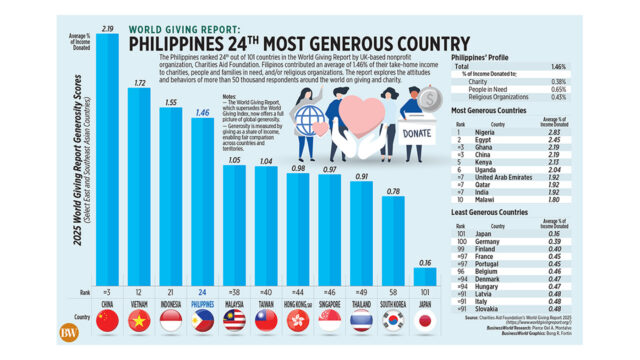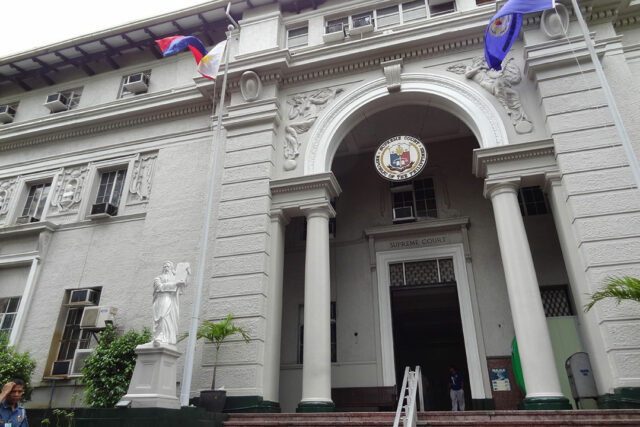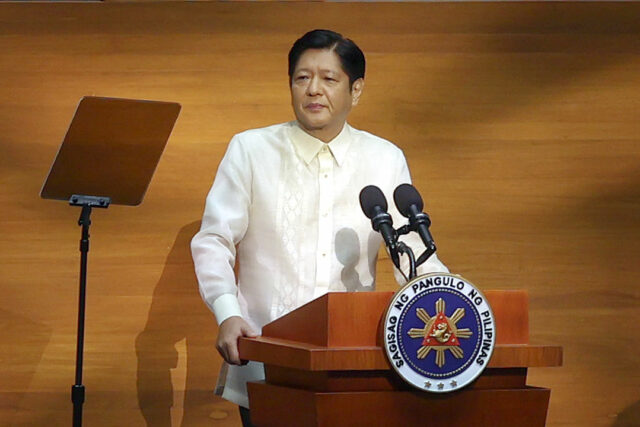Letting go

In love and war, timing is everything.
The wise general knows when to fight and when to retreat. There are times when he must lose a battle to win the war. Strategic retreat does not signify total surrender or defeat. It gives the leader and his troops valuable time for tactical planning and the arrival of reinforcements to succeed in the final confrontation.
Struggles for supremacy occur on all levels of life for many reasons — institutional, political, professional, and personal. Power, ego, prestige, recognition, money, and love are the sensitive areas of competition.
The corporate battlefield is the scene of many interesting, intriguing encounters. The titans, known to be ruthless masters of strategy, plan and execute their attacks with cold-blooded cunning. Corporate raiders take calculated risks and strike when logistical conditions are favorable.
During a skirmish, a pragmatic leader is realistic enough to know when to continue fighting and when to cut his losses and concede. Thus, he can conserve vital resources for other clashes for victory.
The desire to be number one, first among equals, is a compelling force. It inspires people to strive for excellence. Colleagues compete for recognition in the industry. Peers fight for promotions within the corporation. It is usually a straightforward battle. Sometimes, there are crosscurrents and undercurrents. It depends on the industry.
Senior executives aspire for the ultimate trophy position — the CEO or COO post.
The climb to the top is a long arduous process, a lifetime goal. Unless, by a sudden twist of fate, and luck, one is catapulted to a position of power and fame.
History has proven that power is seductive, heady, and addictive. Once attained, it is not easy to relinquish. Even when it is time to do so.
Over the years, the news reported stories about defeated individuals who stubbornly refuse to accept reality. In companies, some officers who were once important but are no longer useful are “kicked upstairs” — with titles but no work, no staff. The hint is so strong that one cannot miss the message — “Quit.”
There are delusion-filled officials whose terms have expired but who absurdly cling, physically and emotionally, to their appointive posts. They look for ways to stay, pull strings, and maximize their political connections. There are some self-styled messiahs with “missions” to save the country or the world. But they are not aware that they are passé and irrelevant.
In relationships, the balance of power is a tenuous one. The early stages bring bliss for the lovers who are unconcerned about who makes decisions and who leads the way.
Time passes and reality sets in.
When friction erupts, the faults crack the polished, perfect façade. The ups and downs get worse. Eventually, it becomes too difficult or toxic to stay together. In many cases, a third party appears to exacerbate the tension and alienate the couple. As one lover breaks away to declare his/her independence, the rejected one has two options — to hang on or to let go.
Out of desperation, the emotionally vulnerable one clings, forgets pride, and loses his/her dignity and self-respect.
Perhaps, one can surmise that there are underlying reasons other than the professed principles or dramatic attempts at martyrdom.
Staying in a hopeless situation, fighting for a lost cause, and clinging to the past should have reasonable time limits and boundaries. Taken to excess, they reveal serious character flaws. These are some signs of a grandiosely inflated, fragile ego.
Knowing when to wield power and fight to win a war requires wisdom, vision, strength, and cunning.
Knowing when to let go requires inner grace, a strong sense of what is right and appropriate, courage, equanimity, and a lot of class.
Maria Victoria Rufino is an artist, writer and businesswoman. She is president and executive producer of Maverick Productions.




















